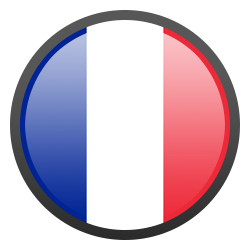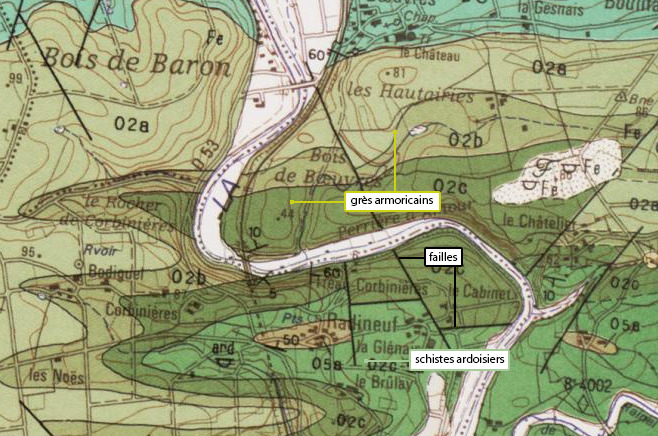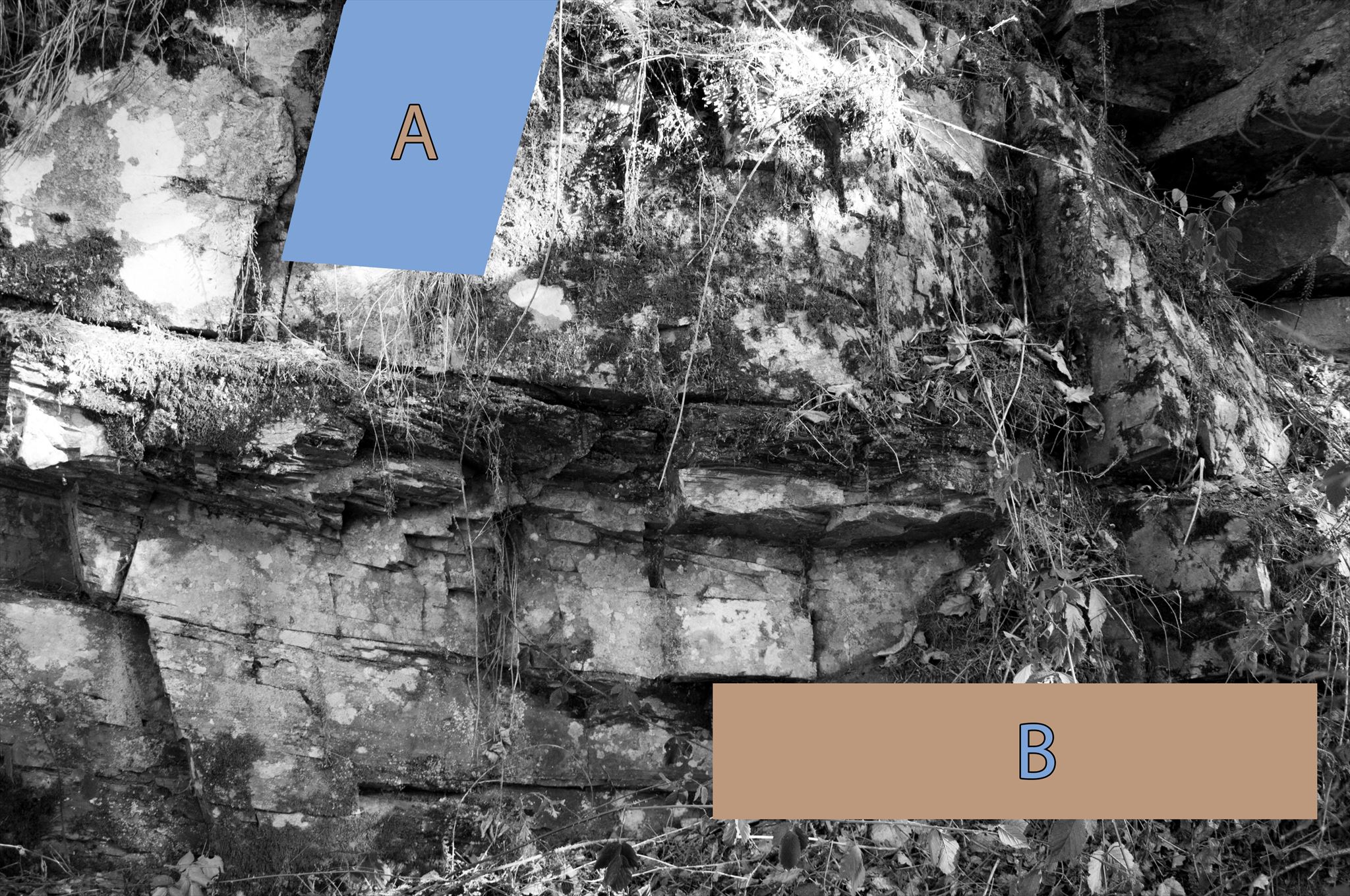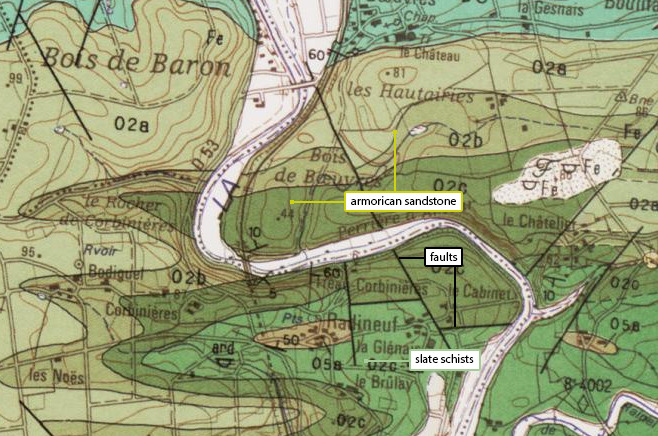
Les roches sédimentaires des Corbinières

Les roches sédimentaires proviennent de l'accumulation de sédiments ou de débris qui se déposent le plus souvent en couches ou lits superposés, appelés strates. Elles résultent de l'accumulation de sédiments divers qui sont transformés en roches sédimentaires via un phénomène de diagenèse.
Les roches sédimentaires peuvent être classées selon trois grandes classes :
-
Les roches détritiques : les débris sont issus de l'érosion d'autres roches (roche détritique terrigène). Dans cette catégorie on retrouve notamment les grès et les poudingues.
-
Les roches biochimiques : elles peuvent être former grâce à l'accumulation de coquillages ou de squelettes ou bien par précipitation de certains minéraux. On retrouve dans cette catégorie les calcaires et les évaporites.
-
Les roches biogènes : elles proviennent de l'accumulation et de la transformation de matière organique. On retrouve dans cette catégorie la houille et le pétrole.
À l'état pur, les roches sédimentaires ont une couleur blanche. Mais dans certaines roches on retrouve des éléments chimiques qui peuvent donner des roches colorées. La couleur rouge, jaune, violet est lié à la présence d'oxydes de fer. La couleur noire est liée à la présence de carbone.
Le site des Corbinières

Sur le site des Corbinières on retrouve deux types de roches sédimentaires. Le grès armoricain qui est un quartzite blanc et qui s'est formé il y a environ 460 millions d'années. Et le schiste ardoisier qui s'est formé il y a environ 440 millions d'années. Le grès armoricain correspond à un ancien dépôt sableux et le schiste ardoisier correspond à un ancien dépôt de vase. Les roches ont été ramenées à la surface de la terre à l'occasion de la formation d'une importante chaîne de montagnes qui parcourait toute l'Europe il y a 300 millions d'années et dont la Bretagne tient sa structure : la chaîne hercynienne.
Questions
Rappel concernant les Earthcaches :
Il n'y a pas de conteneur à rechercher ni de logbook à signer. Après avoir été sur les lieux pour chercher les réponses aux questions, loguez cette cache "Found it" et envoyez-moi vos propositions de réponses, en précisant le code GC de la cache, soit via mon profil, soit via la messagerie geocaching.com (Message Center), et je vous contacterai en cas de problème.
Questions :
1- Dans quelle classe se trouve le grès armoricain ?
2- À l'aide de la photo, décrivez-moi (aspect, texture, couleur) et identifiez les roches A et B.
3- Pourquoi les roches A et B ont cette couleur ?


The sedimentary rocks of Corbinières

Sedimentary rocks come from the accumulation of sediments or debris that are most often deposited in layers or bunks, called strata. They result from the accumulation of various sediments that are transformed into sedimentary rocks via a diagenetic phenomenon.
Sedimentary rocks can be classified into three classes :
-
Clastic rocks : the debris is the result of the erosion of other rocks. In this category we find sandstones and puddings.
-
Biochemical rocks : they can be formed by the accumulation of shells or skeletons or by precipitation of certain minerals. We find in this category limestones and evaporites.
-
biogenic rocks : they come from the accumulation and transformation of organic matter. This category includes black coal and petroleum.
In the pure state the sedimentary rocks have a white color. But in some rocks there are chemical elements that can give colored rocks. The color red, yellow, purple is related to the presence of iron oxides. The black color is related to the presence of carbon.
The site of Corbinières

On the Corbinières site there are two types of sedimentary rocks. The Armorican sandstone is a white quartzite and was formed about 460 million years ago. And the slate schist was formed about 440 million years ago. The Armorican sandstone is a former sandy deposit and the slate schist corresponds to an old silt deposit. The rocks were brought back to the surface of the earth during the formation of an important chain of mountains which traversed all Europe 300 million years ago and whose Brittany holds its structure: the Hercynian chain
Questions
Reminder concerning the Earthcaches :
There is no container to look for or a logbook to sign. After having been on the spot to look for the answers to the questions, log this cache "Found it" and send me your answers, specifying the GC code of the cache, either via my profile or via messaging geocaching.com (Message Center), and I will contact you if there is a problem.
Questions :
1- In which class is the Armorican sandstone ?
2- Using the photo, describe me (appearance, texture, color) and identify rocks A and B.
3- Why rocks A and B have this color ?

Sources :
https://fr.wikipedia.org/wiki/Roche_sédimentaire